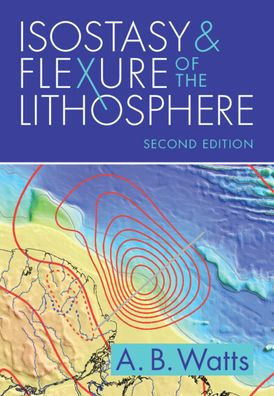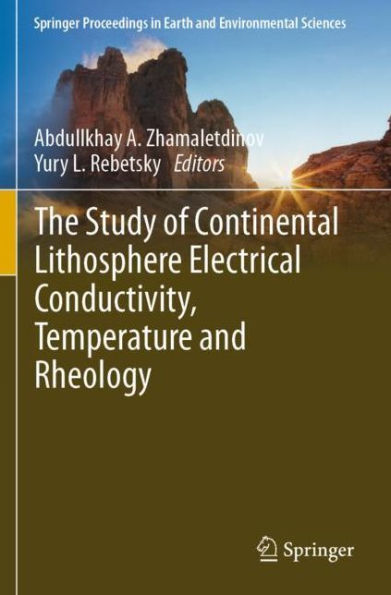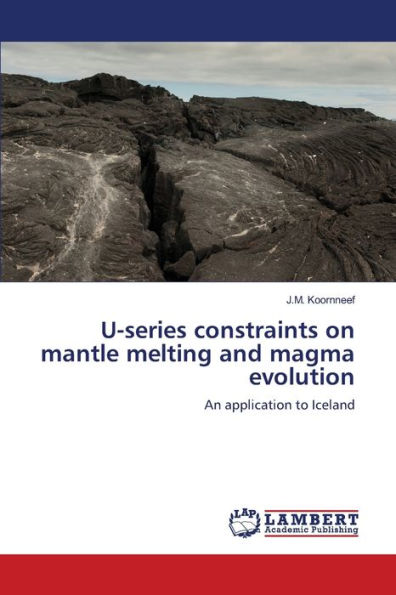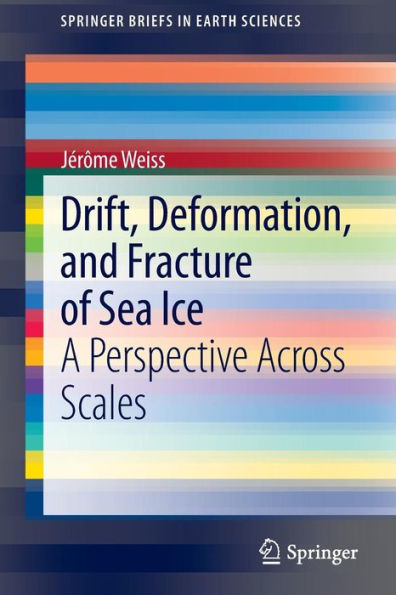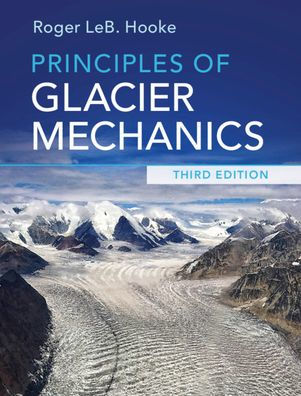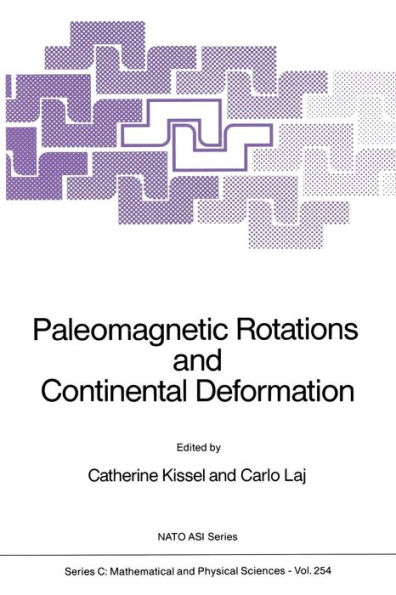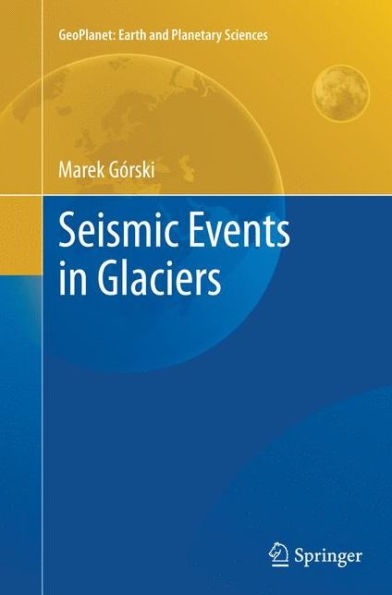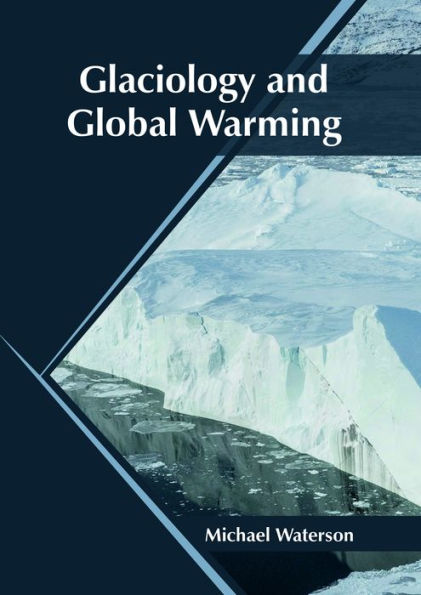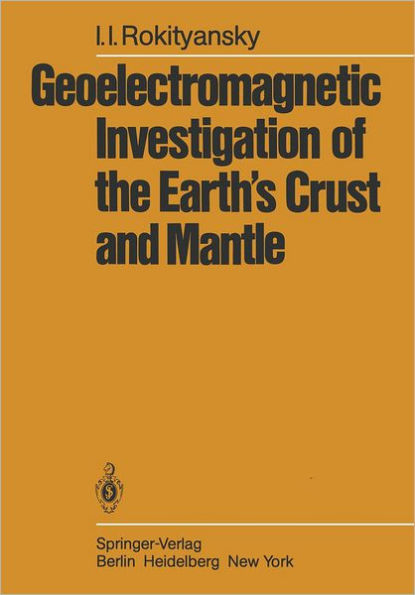Home
Glacial Isostasy, Sea-Level and Mantle Rheology


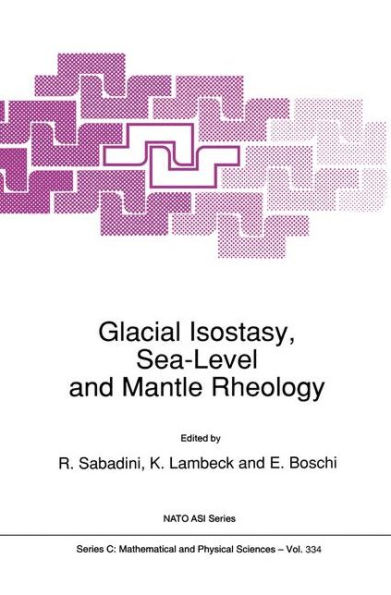
Glacial Isostasy, Sea-Level and Mantle Rheology
Current price: $329.99
Loading Inventory...
Size: Hardcover
by K. Lambeck, R. Sabadini and E. B08Chi Viscosity is one of the important material properties of the Earth, controlling tectonic and dynamic processes such as mantle convection, isostasy, and glacial rebound. Yet it remains a poorly resolved parameter and basic questions such as whether the planet's response to loading is linear or non-linear, or what are its depth and lateral variations remain uncertain. Part of the answer to such questions lies in laboratory observations of the rheology of terrestrial materials. But the extrapolation of such measurements from the laboratory environment to the geological environment is a hazardous and vexing undertaking, for neither the time scales nor the strain rates characterizing the geological processes can be reproduced in the laboratory. General rules for this extrapolation are that if deformation is observed in the laboratory at a particular temperature, deformation in geological environments will occur at a much reduced temperature, and that if at laboratory strain rates a particular deformation mechanism dominates over all others, the relative importance of possible mechanisms may be quite different at the geologically encountered strain rates. Hence experimental results are little more than guidelines as to how the Earth may respond to forces on long time scales.
